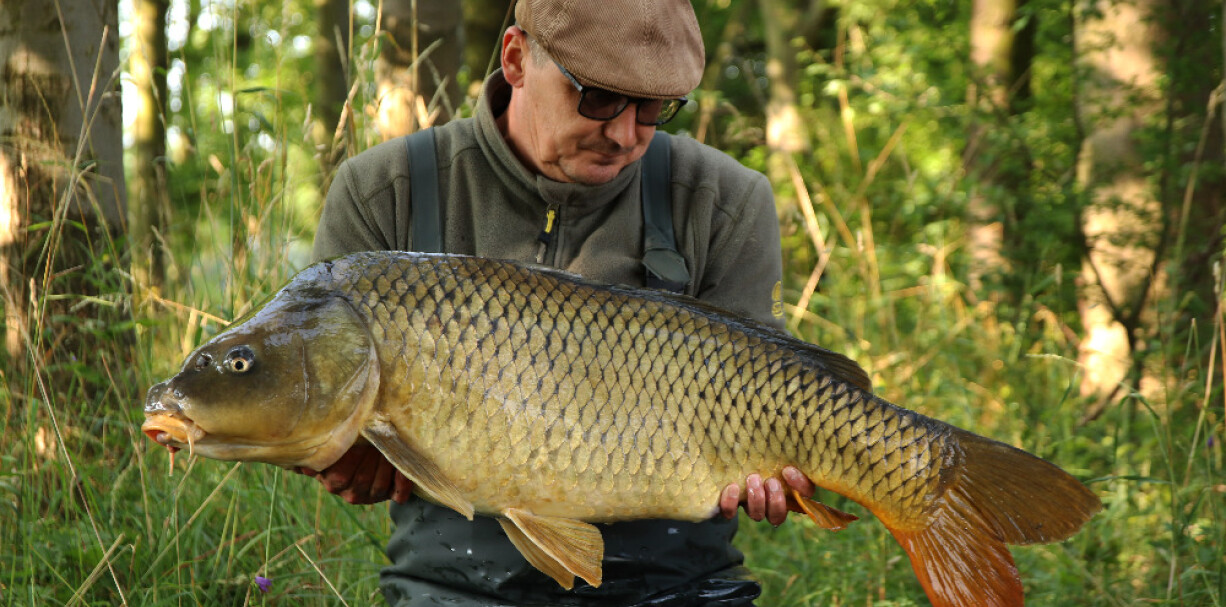We started the hunt on the Ronnie Riga with pop and gradually switched to classic boilies from a distance of 1 cm from a hook with a diameter of twenty mm to the current twenty-four at a distance of 7 cm. But what is important and really carefully caught by long cast hunting is the ideal length of the rig. In the deep part, the bottom is hard, so here we give the total length of the rig 20 - 25 cm. Where there are shoals and the bottom is rather muddy, we choose a distance of 30, but also 40 cm, depending on the width of the sediment layer and its hardness. There were places where the sediment was sparse and there it really wanted to reduce the length and intensity of the throw and rather focus on the length of the rig.

The choice of material was again based on the distance of the boilies from the hook. I like and often use them, Skinline StripShield 25lb strings. From the soft upper part I just take off the end to the stop, I really want to be sure that it won't tangle in flight at least. However, "undresses" only at a distance of boilies from the base of the hook 3cm. Then only durable fluorocarbon lines with increased durability. They are stiff enough not to get tangled even with a longer rig length. Fluorocarbon a lot of people quickly reject, why? After the defeated fish, they twist like they deform. But it just wants a coffee pot and the steam can be beautifully matched after each fish. As if in a smooth motion over the steam, stretch and move along the length of the rig. For example, I will use Shock & Shield with a diameter of 0.42 mm to catch twenty fish. So it's true that after every fish caught or shuffled, I check and grind the hook. Back to the rigs. We are already hunting only with boilies, so here I choose hooks of the M-POINT series in the shape of AS and CS. AS is a really durable hook, I'm not afraid to put it on a clam field or in stones at the bottom, it's a hook with a shorter strap and a wider bend. It has a really sharp tip and a precisely closed straight eye. It can handle the toughest conditions. I choose seven wraps for this hook when weighing a classic knotless assembly. I stop at the CS hook, I used to be clear and not change, AS was a certainty that I did not leave. This shape of the hook has not historically had such confidence and confidence in me.

But everything changes, sometimes it is enough to suppress prejudices and give a chance to new material. CS is a very light, seasoned carp greaser who goes around the place and as you watch today in various videos, first they will see how the food offered naturally behaves at the bottom so they have the opportunity to have more confidence in your assembly, thanks to this "lightness". CS hook has a fine long tip and a special curvature for perfect penetration through the fish's mouth. The eyelet is curved inwards, which would say I would ideally find your target when properly tied up. The pull during the fight thus acts directly in the direction of the tip. The ideal nine wraps of the chosen material fit me on this type of hook.
Continuation of the next part...

